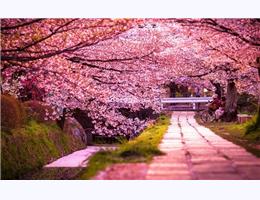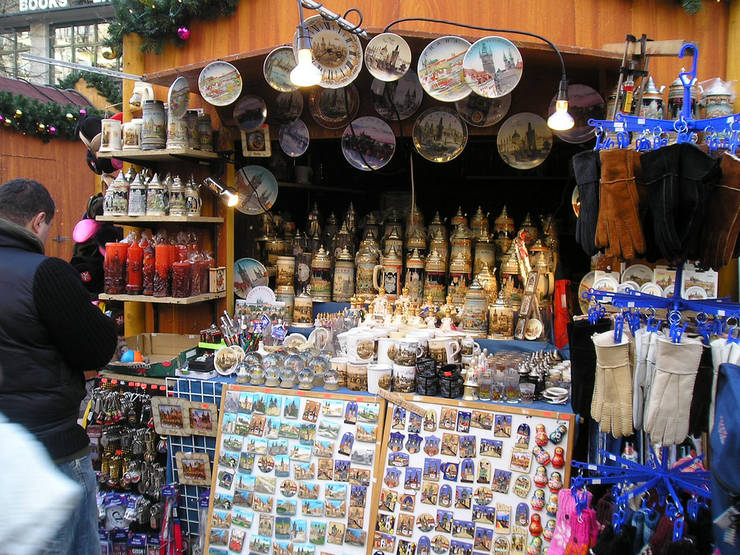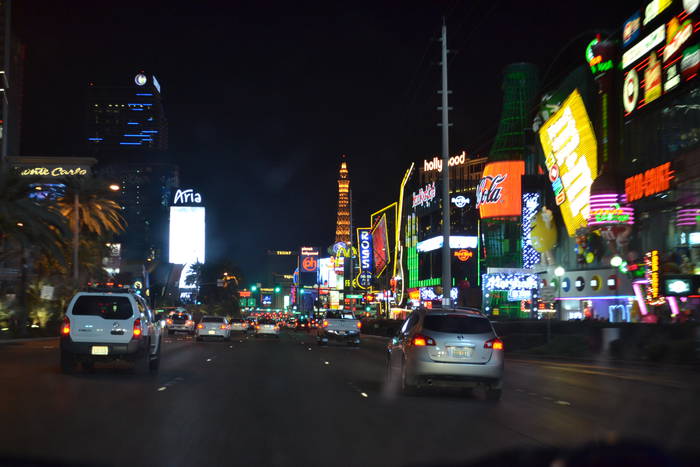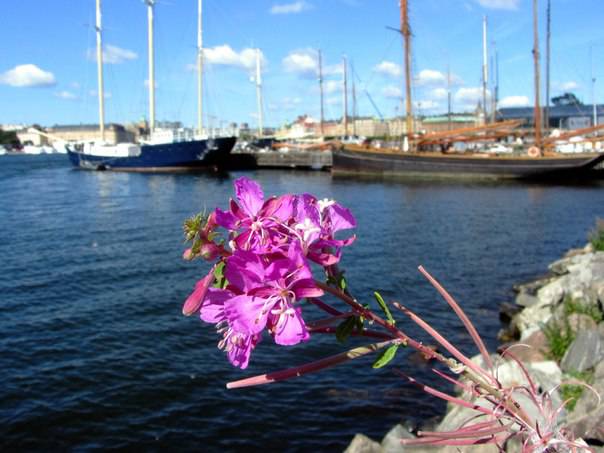Tourist invasion threatens five world attractions
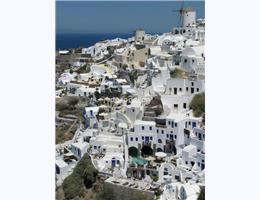 This year, Thailand and the Philippines announced the closure of several resorts that are incredibly popular with tourists.
This year, Thailand and the Philippines announced the closure of several resorts that are incredibly popular with tourists.
But this is not all – a number of European cities, including Venice and Dubrovnik, as well as the Isle of Skye in Scotland complained that they barely survive in the conditions of an invasion of tourists.
The BBC has presented a list of five popular tourist destinations whose well-being is at risk due to an increase in the number of visitors.
Thailand: Maya Bay beach will rest from tourists. In March, Thai authorities announced that they were closing the famous “preventative” beach for four months. Currently, 4-5 thousand tourists visit this beach every day.
77% of the coral reefs in this bay are in danger of destruction – mainly corals are damaged by the anchors of the boats cruising here.
Elizabeth Becker, author of a book on the problems of the tourism industry, says: “The decision to close the islands is well-founded. But tourism is one of the driving forces of the country’s economic development. Both business and government officials fear that any restriction in tourism would jeopardize the country’s economy.”
According to an expert from Bangkok, Thon Thamrongnavasavat, it was for this reason that the authorities did not dare to close Maya Bay beach for so long. “If you live in a country with 22% of GDP generated by tourism revenues, you will understand how difficult such decisions are. Many did not think that such a decision could be made at all,” the expert says.
When Maya Bay beach opens again, the Thai authorities will impose a restriction: no more than 2 thousand tourists a day will be able to visit it.
But Italy and its pearl – the Cinque Terre hopes for technology. Tourists will always have few Cinque Terre – five small bright settlements located on man-made terraces on the coast of the Gulf of Genoa. This territory, where 5 thousand people live, became a national park in 1999. Now Cinque Terre is visited by more than 2 million tourists a year.
Tourists come here to take a walk along the picturesque trails that connect the five villages and the vineyards located on the terraces. But over the years, these paths have become unusable due to erosion processes and crowds of tourists.
The management of the park some time ago tested a mobile application for tourists, which in real time displays the number of people on certain routes. When the application shows a red warning signal, it means that there are too many people on the trail, then tourists can decide whether to go along an overloaded route.
In the future, as the park management hopes, using the application it will be possible to create waiting lists after exceeding the permissible number of people on the routes.
Machu Picchu – the ancient Inca city located in Peru – has firmly taken one of the main places in the travel program of many tourists. However, a large flow of tourists negatively affects the ecological situation: the trail gradually becomes unusable, heaps of garbage remain along it, and tourists put up tents where it is not supposed to.
In 2005, the Peruvian authorities imposed a limit on the number of people who can climb the path to Machu Picchu in a season. In February, the route is regularly closed “for prevention.”
Tourists must now pre-book permission to climb the city on the Inca road.
However, due to the fact that you can also reach Machu Picchu by road, the number of visitors to the ancient city has not decreased due to the introduction of these restrictions. It is the road that most visitors to Machu Picchu enjoy.
So far, despite all the efforts of the authorities to control the flow of tourists, the number of visitors to Machu Picchu exceeds the recommended by UNESCO 2500 people per day.
South Korea: Jeju Island – tourists come here to see volcanoes, picturesque waterfalls, and also to visit the “love park”, which is especially popular with honeymooners traveling on honeymoon trips.
In 2017, 65 thousand flights were made between the island and Seoul – that is, almost 180 flights a day. About 15 million tourists come to the island annually, which is too much for an island with an area of 2 thousand square meters.
“After the island became popular with foreign tourists, Jeju’s ecology was seriously damaged. Now there is a lot of garbage and roads are overloaded,” said the head of a local activist group Kang Won-bo.
“There are also many tourists arriving on the island on cruise ships, tourists are only a few hours here and in fact do not bring any income to the local economy,” complains Kathryn Germier-Hamel, travel consultant in Seoul.
Colombian Canyo Crystals – a fantastic sight – a river that shimmers with all the colors of the rainbow.
The territory through which the river flows was previously controlled by the FARC rebels, which means that tourists – both local and foreign – did not actually appear here.
